The way people consume cannabis has changed over the years, with users finding ever more inventive and efficient methods to enjoy their herb. Among the most popular methods is using a bong, a device that has been a staple in cannabis culture for decades. Bongs, also known as water pipes, offer a unique and often enhanced smoking experience by filtering the smoke through water. Below we look into the different types of cannabis bongs, exploring their designs, materials, and unique features.
1. Traditional Glass Bongs
Design and Features
Glass bongs are perhaps the most iconic and widely used type of bong. They are favored for their clean taste, aesthetic appeal, and the variety of designs available. A standard glass bong typically consists of a bowl, downstem, base, and mouthpiece. The smoke is filtered through water in the base, which cools and purifies it before inhalation.
Benefits
- Taste: Glass is non-reactive, ensuring that the user gets the purest taste of the cannabis without any additional flavors from the material.
- Transparency: The clear nature of glass allows users to see the water level and the smoke, enhancing the overall experience.
- Customizability: Glass bongs come in various shapes and sizes, with features like percolators, ice catchers, and intricate designs that add to their functionality and visual appeal.
Drawbacks
- Fragility: Glass bongs are prone to breaking if dropped or mishandled.
- Cost: High-quality glass bongs can be expensive.
2. Silicone Bongs
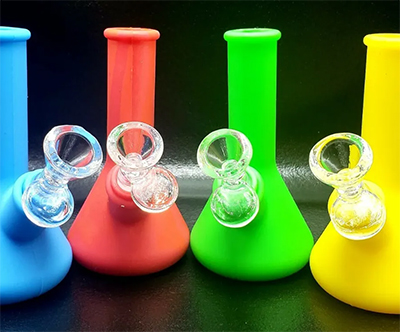 Design and Features
Design and Features
Silicone bongs have gained popularity due to their durability and flexibility. Made from food-grade silicone, these bongs can withstand rough handling and extreme temperatures, making them ideal for travel and outdoor use.
Benefits
- Durability: Silicone is virtually unbreakable, making these bongs perfect for users who are prone to accidents or who want a portable option.
- Flexibility: They can be folded or collapsed for easy storage and transport.
- Ease of Cleaning: Silicone bongs are dishwasher safe and can be cleaned easily with soap and water.
Drawbacks
- Taste: Some users feel that silicone can impart a slight taste to the smoke, although high-quality silicone bongs minimize this issue.
- Aesthetic: While functional, silicone bongs often lack the visual appeal of glass bongs.
3. Acrylic Bongs
Design and Features
Acrylic bongs are one of the most affordable options available. Made from plastic, they are lightweight and come in a variety of colors and designs. These bongs are perfect for beginners or those on a budget.
Benefits
- Cost: Acrylic bongs are generally cheaper than their glass or silicone counterparts.
- Durability: While not as durable as silicone, acrylic bongs are more resistant to breaking than glass.
- Variety: Available in a wide range of colors and designs, allowing users to express their personality.
Drawbacks
- Taste: Plastic can affect the flavor of the smoke.
- Cleaning: Acrylic bongs can be harder to clean, and they may degrade over time with repeated exposure to heat and cleaning agents.
4. Ceramic Bongs
 Design and Features
Design and Features
Ceramic bongs are known for their artistic designs and unique aesthetic appeal. Often handcrafted, these bongs can be found in a variety of shapes and sizes, making them a favorite among collectors.
Benefits
- Aesthetic Appeal: Ceramic bongs often feature intricate designs and can double as art pieces.
- Taste: Ceramic does not affect the taste of the smoke, similar to glass.
- Durability: While breakable, ceramic is generally more durable than glass.
Drawbacks
- Fragility: Ceramic bongs can break if dropped.
- Weight: They tend to be heavier than other types of bongs, making them less portable.
5. Bamboo Bongs
Design and Features
Bamboo bongs are traditional and eco-friendly options that have been used for centuries, particularly in Asian cultures. These bongs are made from hollowed-out bamboo stalks and often feature simple, rustic designs.
Benefits
- Eco-Friendly: Bamboo is a renewable resource, making these bongs an environmentally friendly choice.
- Unique Aesthetic: They offer a natural, earthy look that appeals to those who appreciate rustic designs.
- Durability: Bamboo is quite durable and can last a long time with proper care.
Drawbacks
- Maintenance: Bamboo bongs require regular cleaning and maintenance to prevent mold and splitting.
- Availability: They can be harder to find compared to more common materials like glass or silicone.
6. Multi-Chamber Bongs
 Design and Features
Design and Features
Multi-chamber bongs, also known as recycler bongs, feature multiple chambers that further filter and cool the smoke. These bongs can have two or more chambers connected by tubes, which enhances the smoking experience by providing extra filtration.
Benefits
- Enhanced Filtration: The additional chambers provide more thorough smoke filtration, resulting in smoother hits.
- Cooler Smoke: The extra chambers help cool the smoke more effectively.
- Visual Appeal: Watching the smoke travel through the multiple chambers can be mesmerizing.
Drawbacks
- Complexity: These bongs are more complex and can be harder to clean.
- Cost: Due to their intricate design, multi-chamber bongs tend to be more expensive.
7. Percolator Bongs
Design and Features
Percolator bongs, or “percs,” are designed to maximize filtration and diffusion. A percolator is a component inside the bong that creates bubbles and diffuses the smoke, breaking it down into smaller particles. This results in a smoother, cooler hit.
Types of Percolators
- Tree Percolators: Consist of multiple arms, each with several slits or holes, resembling a tree.
- Honeycomb Percolators: Feature a flat disc with many small holes, resembling a honeycomb.
- Showerhead Percolators: Comprise a tube with slits or holes at the bottom, resembling a showerhead.
- Inline Percolators: Horizontal tubes with slits or holes, often integrated into the downstem.
Benefits
- Smooth Hits: Percolators provide additional filtration, leading to smoother, cooler smoke.
- Reduced Irritation: The added diffusion reduces throat and lung irritation.
Drawbacks
- Cleaning: Percolator bongs can be more challenging to clean due to their intricate parts.
- Cost: They are often more expensive than simpler bongs.
8. Gravity Bongs
 Design and Features
Design and Features
Gravity bongs use the force of gravity to draw smoke into the chamber. They typically consist of two parts: a larger container filled with water and a smaller container with the bowl attached. As the smaller container is lifted, the vacuum created pulls smoke into the chamber.
Benefits
- Potency: Gravity bongs can deliver very potent hits, making them popular among experienced users.
- DIY Options: Many users create homemade gravity bongs using common household items.
Drawbacks
- Harshness: The hits from a gravity bong can be quite harsh due to the large amount of smoke inhaled at once.
- Complexity: Using a gravity bong requires some technique and can be messier than other methods.
9. Electric Bongs
Design and Features
Electric bongs, or e-bongs, incorporate modern technology to enhance the smoking experience. These bongs use battery-powered mechanisms to heat the cannabis, eliminating the need for a lighter.
Benefits
- Convenience: E-bongs are easy to use and don’t require a lighter or torch.
- Temperature Control: Many electric bongs offer precise temperature control, allowing users to customize their experience.
- Portability: Some models are designed for portability, making them ideal for on-the-go use.
Drawbacks
- Cost: Electric bongs can be quite expensive.
- Maintenance: They require regular charging and maintenance to keep the electronic components in good working order.
Conclusion
The world of cannabis bongs is vast and varied, offering options for every preference and lifestyle. Whether you prioritize flavor, portability, durability, or aesthetic appeal, there’s a bong out there to suit your needs. From the classic elegance of glass bongs to the rugged functionality of silicone bongs, each type offers a unique experience that enhances the enjoyment of cannabis. As the industry continues to innovate, we can expect to see even more exciting developments in bong design and technology, further enriching the culture of cannabis consumption.

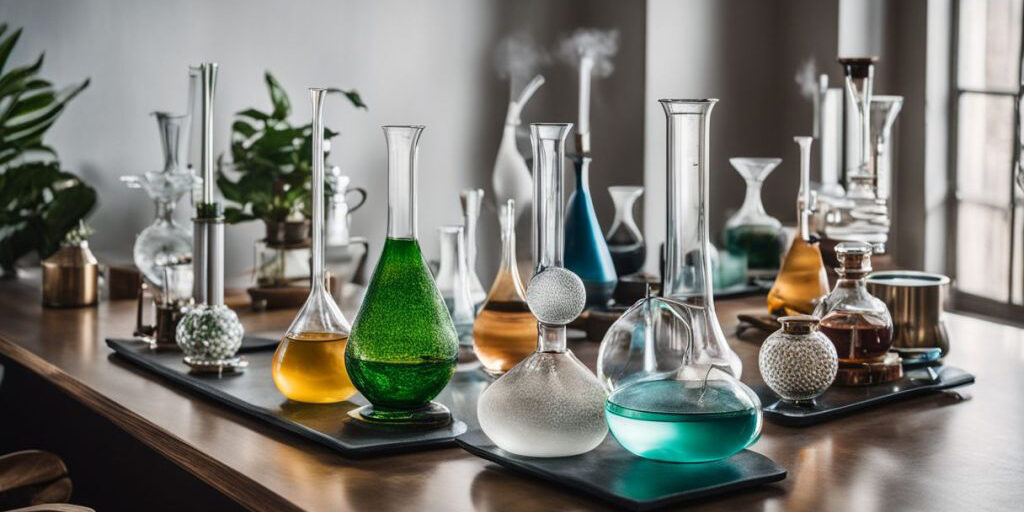
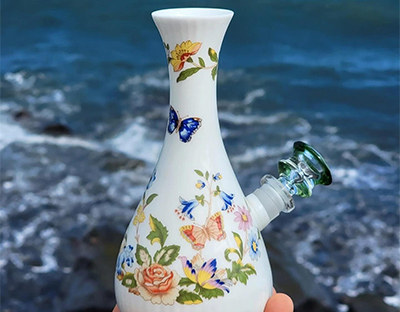 Design and Features
Design and Features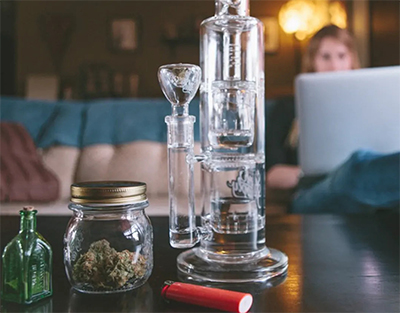 Design and Features
Design and Features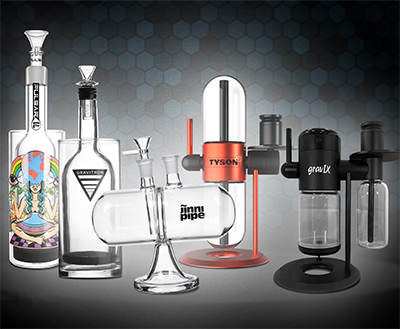 Design and Features
Design and Features